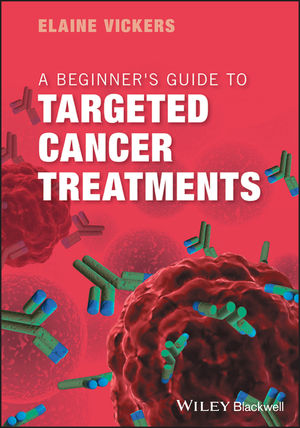|
|
|
| |
 |
|
|

|
 推薦指數:
推薦指數:





|
|
- 內容介紹
|
A Beginner's Guide to Targeted Cancer Treatments 1st Edition
by Elaine Vickers (Author)
Paperback: 360 pages
Publisher: Wiley-Blackwell; 1 edition
Language: English
ISBN-10: 1119126797
ISBN-13: 978-1119126799
Product Dimensions: 6 x 0.6 x 9 inches
2018
The accessible guide to the principles behind new, more targeted drug treatments for cancer
Written for anyone who encounters cancer patients, cancer data or cancer terminology, but have no more than a passing knowledge of cell biology. A Beginner's Guide to Targeted Cancer Treatments provides an understanding of how cancer works and the many new treatments available.
Using over 100 original illustrations, this accessible handbook covers the biology and mechanisms behind a huge range of targeted drug treatments, including many new immunotherapies. Dr Vickers translates a complex and often overwhelming topic into something digestible and easily understood. She also explains what cancer is, how it behaves and how our understanding of cancer has changed in recent years.
Each chapter takes the reader through how new cancer drugs work and their benefits and limitations. With the help of this book, readers will be able to better understand more complex, in-depth articles in journals and books and develop their knowledge. This vital resource:
Offers the latest insights into cancer biology
Provides a broad understanding of how targeted cancer treatments work
Describes many of the new immunotherapy approaches to cancer treatment, such as checkpoint inhibitors and CAR-modified T cells
Helps readers feel confident discussing treatment options with colleagues and patients
Provides an overview of which treatments are relevant to each of the most common solid tumours and haematological cancers, and the rationale behind them
Demystifies the jargon – terms such as the EMT, cancer stem cells, monoclonal antibodies, kinase inhibitors, angiogenesis inhibitors etc.
Explains the resistance mechanisms to many new treatments, including issues such as the way cancer cells diversify and evolve and the complex environment in which they live
|
|
|

